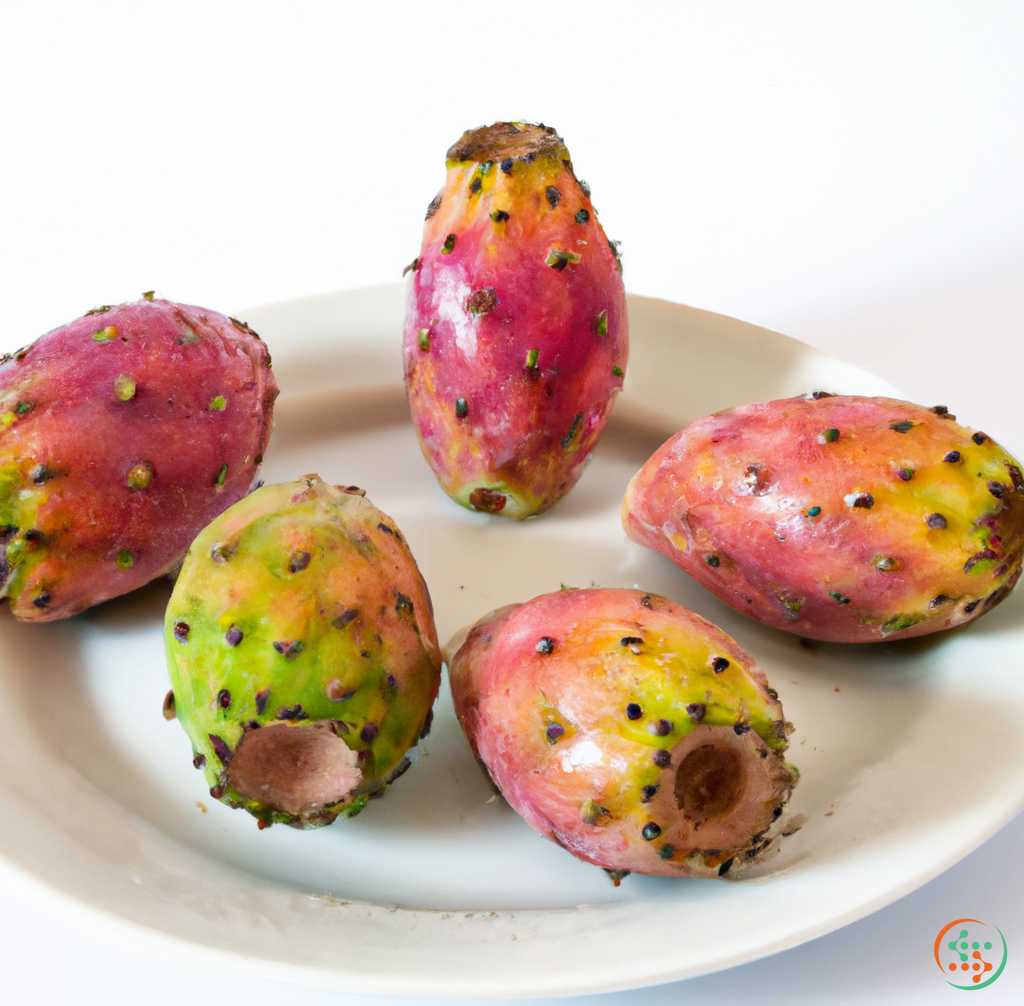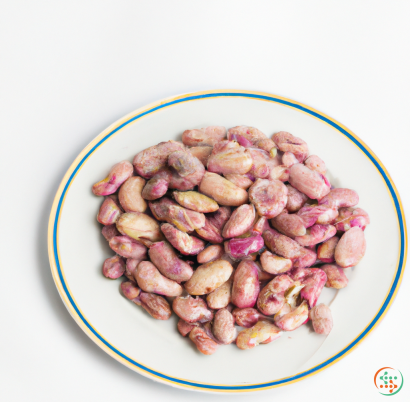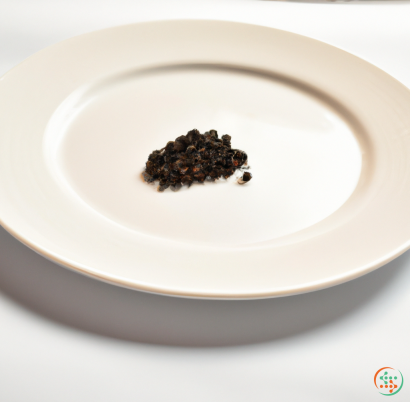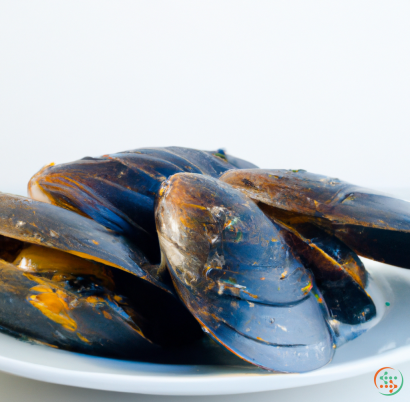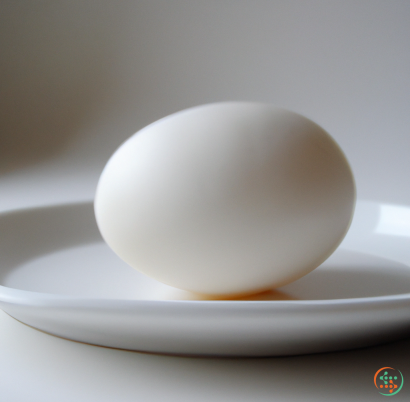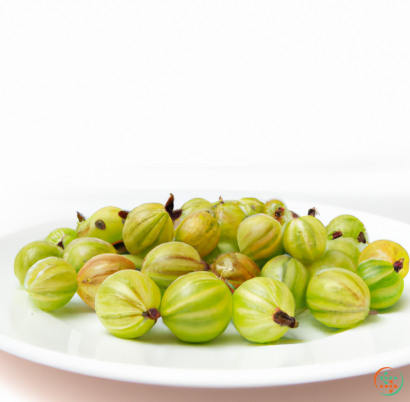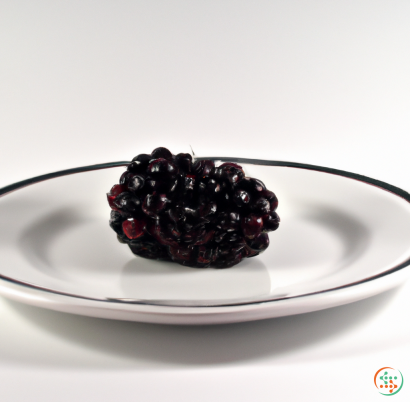Prickly Pears
Prickly pears are nothing if not intriguing. Whether you’re awed by their vibrant colors, weird shapes and sizes, or intriguing spiky outer skin, there’s something about them that’s almost magical. But underneath their impressively spiky exterior lies something even more interesting - their history, uses, and nutritional benefits. Prickly pears are a prime example of the sheer variety that can be found within the food world, adding both flavor and texture to dishes, as well as boosting nutrition.
What is a Prickly Pear?
The prickly pear is a large family of cacti, with over 200 varieties, native to South America, Mexico, and the Caribbean. Prickly pears are considered both a fruit and a vegetable, featuring different shapes and sizes as well as a wide range of colors. These cacti can bear small, round fruits in shades of yellow, green, red, orange or purple. The skin of the fruit is quite distinct, spiky and ridged, making it easy to spot in grocery stores and markets alike. The size of the fruits can vary, depending on the species of cacti, from being smaller than a golf ball to larger than a grapefruit.
Uses for Prickly Pears
The prickly pear, due to its high level of sweetness, is often used in both sweet and savory dishes because of its mild flavor. Fresh prickly pears are often used to sweeten drinks such as tea, smoothies or cocktails. Their flesh can be served raw or cooked, added to salads, cereal meals and meat dishes. The fruits can also be made into jam and jelly, or cooked into desserts and sauces. Finally, the juice of the fruit can be used to make syrups and popsicles, making for a delicious, cool treat on a hot summer day.
Nutritional Profile of Prickly Pears
Not only can prickly pears add flavor, texture and refreshing sweetness to dishes, but they are also a great source of nutrition. An average serving of prickly pears contains Vitamins A and C, as well as being a good source of dietary fiber. Prickly pears are also rich in minerals such as magnesium, potassium, phosphorus, and calcium, making them an ideal snack for boosting energy levels.
Benefits of Eating Prickly Pears
The unique composition of prickly pears make them beneficial for general health and wellness. For instance, Vitamin C plays an important role in collagen production, the protein responsible for skin structure and elasticity, and in aiding the body’s absorption of iron, making prickly pears helpful for supporting strong bones and teeth as well as healthy skin. The dietary fiber found in prickly pears is also beneficial as it helps digestion by facilitating the passage of waste through the gut. This in turn can help reduce bloating, constipation and irregularity.
Consumption Considerations
Prickly pears can be eaten fresh, but it’s important to be aware of the spikes that cover their skin. Before eating the fruits, it’s advised to carefully peel them using a sharp knife or scissors, avoiding contact with the spines, as these can be dangerous for your hands and mouth. Additionally, when cooking with prickly pears it’s essential to ensure that their flesh is fully cooked before consumption as uncooked prickly pears can lead to stomach upset.
Prickly pears are an interesting and fairly low calorie food, versatile enough to be enjoyed in a range of dishes and with multiple health benefits. Whether they are consumed fresh, canned, frozen, or cooked, prickly pears provide the perfect amount of sweet and texture, perfect for tempting both adults and kids alike. Indeed, their unique appearance and magical flavors make them an intriguing and delicious addition to any kitchen.
Introduction
The prickly pear cactus is a unique plant that has adapted to survive in some of the harshest climates around the world. It is neither a food crop nor a decorative plant, but it still manages to end up on dinner tables. This blog post explores how the prickly pear cactus is created and travels to our dinner plates.
The Prickly Pear Cactus
The prickly pear cactus is part of the Opuntia genus, which is native to the dry regions of the Americas. It is a hardy and persistent plant, able to tolerate harsh environmental conditions such as strong winds and extreme temperatures. Its edible fruits and flowers, as well as its ability to store water in its thick stems, have made it an important part of arid-region diets for centuries.
The prickly pear cactus usually produces white or yellow flowers that bloom in the summer and fall. These flowers are the plants’ reproductive organs and are typically pollinated by insects, such as bees, and wind. Once pollinated, the ovary will develop into an edible fruit which is either red, yellow, or purple and typically grows to about the size of a golf ball.
The thorny spines of the prickly pear cactus can also act as a tool for transporting and spreading the plant's seeds. When the fruit is eaten by a wild animal, the tiny seeds contained within the pulp get passed through the animal's digestive system intact and deposited back onto the ground where they can take root and grow.
Harvesting Prickly Pears
The harvesting of the prickly pears is an arduous task that often must be done by hand. It involves carefully cutting away or hand-picking the individual clusters of fruits that usually grow in colonies on the plant. The clusters must then be carefully dethorned in order to access the edible flesh inside. This requires a special pair of gloves and protected clothing to shield the worker’s skin from the spines, which could cause serious physical injury if handled improperly.
Once the prickly pears are dethorned, they are ready to be cooked, eaten raw, or preserved. The harvesting season usually starts in late summer and continues until early winter. As the prickly pears are perishable, they are usually picked and consumed within a few days of harvesting.
Processing Prickly Pears
In order to make the prickly pears ready for consumption and/or preservation on a larger scale, the harvested fruits must go through a few additional steps. These include cleaning, sorting, cutting, juicing, and/or peeling.
The first step is to clean the prickly pears of any dust and debris that may have adhered to them during harvesting. The fruits are then sorted into quality categories according to size and color, with only the most aesthetically pleasing fruits making it to the higher categories.
The next step is to cut the prickly pears into uniform slices or cubes and then peel off the tough outer skin. In some cases, machines may be used to achieve this. Finally, the fruits may be juiced to produce a tart, sweet-tasting liquid.
Packaging and Transporting Prickly Pears
Once the prickly pears have been processed, they must then be packaged in order to safely transport them to their destination. They may be canned, frozen, or dried and powdered. Cans are the most common packaging choice as they provide an airtight and waterproof environment for the fruits. Other options include polyethylene bags, plastic or wooden shipping crates, and waxed cartons.
The prickly pears are typically transported by car, truck, train, or plane depending on their final destination. As they are a fragile product, extra care is taken when handling and storing them to ensure they arrive at their intended destination in the same quality they left.
Preparing and Cooking Prickly Pears
When preparing and cooking prickly pears, the outer skin and any remaining thorns are usually discarded to produce a edible food item. Prickly pears may be served raw, as an accompaniment to cold dishes, or poached in a syrup for a dessert. Their tart and sweet flavor is often combined with other ingredients such as vegetables and spices to create unique dishes such as salads, soups, and casseroles.
Conclusion
The prickly pear cactus is a unique plant that weaves its way from wild habitats to dinner plates all across the world. Its hardiness, juicy fruits, and potential for transportation have made it a valuable resource for arid regions for centuries. The delicate process of harvesting, processing, packaging, and transporting the prickly pears, as well as their versatility in cooking, makes them a sought-after commodity. This blog post has explored the long journey the prickly pear takes to get to our dinner plates.
| Vitamin A | 0.002 mg | |
| Beta-Carotene | 0.025 mg | |
| Vitamin C | 0.014 grams | |
| Vitamin B1 | 0.01 mg | |
| Vitamin B2 | 0.06 mg | |
| Vitamin B3 | 0.46 mg | |
| Vitamin B6 | 0.06 mg | |
| Vitamin B9 | 0.006 mg |
| Calcium | 0.056 grams |
Daily Value 1.3 g
|
| Iron | 0.3 mg |
Daily Value 0.018 g
|
| Magnesium | 0.085 grams |
Daily Value 0.4 g
|
| Phosphorus | 0.024 grams |
Daily Value 1.25 g
|
| Potassium | 0.22 grams |
Daily Value 4.7 g
|
| Sodium | 0.005 grams |
Daily Value 2.3 g
|
| Zinc | 0.12 mg |
Daily Value 0.011 g
|
| Copper | 0.08 mg |
Daily Value 0.9 mg
|
| Selenium | 0.6 ug |
Daily Value 0.055 mg
|
| Total Sugars | 0.131141 grams |
per 100g
|
| Palmitic acid (16:0) | 0.05 grams |
|
| Stearic acid (18:0) | 0.01 grams |
|
| Total Saturated fatty acids: | 0.06 g | |
| Oleic acid (18:1) | 0.07 grams |
|
| Total Monounsaturated fatty acids: | 0.07 g | |
| Linolenic acid (18:3) | 0.02 grams |
|
| Linoleic acid (18:2) | 0.19 grams |
|
| Total Polyunsaturated fatty acids: | 0.21 g | |
